Conflict: The Engine that Drives Page-Turning Writing
The restaurant was perfect. Michael had chosen the cute little Italian place where he and Sheryl had had their first date—the one she had loved so much. This time, after two years of dating, he knew better than to order the cream sauce for her. She wasn’t lactose intolerant or anything—she just hated cheese. Which was one of the things he loved about her. In fact, there wasn’t anything he didn’t love about her. She was perfection itself. Which was why he had no doubt that when he proposed with the champagne before dessert, she would absolutely say yes.
Which, of course, she did. Right before the string quartet started playing precisely on cue. When she saw the horse-drawn carriage waiting outside, she couldn’t have looked more euphoric. This was the happiest day of Michael’s life… so far. He wasn’t sure life could get better than this, but he definitely wanted to find out.
Okay, if you got this far with your eyes open, you might be questioning how I’ve managed to sell a single book. Fear not. This was for teaching purposes only.
What is wrong with this passage of text? All together now:
It. Was. Boring.
Everything was perfect. Too perfect. In fact, it was so perfect, I kept waiting for the other shoe to drop to liven things up a little. With every sentence I wrote, I fought the urge to make something go horribly, terribly wrong.
Why? Am I some kind of masochist that isn’t happy unless my life is full of drama? No, like most people, I prefer my life to be calm and conflict-free. But my fiction?
Not so much.
Conflict in all its forms is the beating heart of great fiction. This doesn’t mean that every paragraph is about a fight.
“Conflict in all its forms is the beating heart of great fiction. ”
It means that:
Each character should have their own goals, motivations, and desires that conflict with what the other characters want.
Your character should be frequently put into situations that make them uncomfortable.
Your character should have a major character flaw or Core Lie that needs to be overcome before they can achieve their goal.
Your conflicts should not be fully resolved until the last chapter—if at all.
For fiction that sizzles, not to mention keeps your readers turning pages late into the night, conflict should be present in every scene, paragraph, and even every sentence. And if that sentence filled you with more terror and self-doubt than the moment Aladdin found out the cute girl from the marketplace was actually the princess of the nation, don’t worry. I’ve got you covered.
Here are some simple tips to infuse your fiction with conflict at every level:
At Plot Level
When you keep turning the screws on your characters, your readers will love to watch them be tortured.
One of the most common mistakes that new writers make is to take it too easy on their characters. In a real life proposal, yes, you want it to go off without a hitch. The above situation would be the perfect story to tell your mom and friends later. But in fiction, you want something to go wrong at every possible moment.
As I was writing that “perfect proposal” scene, I was inspired by an episode of the show Chuck from Season 4, “Chuck vs. the Balcony” which begins with a proposal scene very similar to what I outlined above—except, right before Chuck is about to propose to Sarah, he finds out that the “perfect proposal” he had planned is pretty much her proposal nightmare.
What ensues is hilariously painful, as Chuck runs around calling off the balloons, the band, the champagne, and the horse-drawn carriage. In fact, the entire episode is about him trying to create the “perfect proposal” for Sarah (in between their crime-fighting hi-jinks, of course)—and, just when it seems like it’s about to happen, Sarah gets arrested. They were interrupted literally right before Chuck finished his sentence with the words “marry me?”
The episode is awesome. And way more interesting than if the proposal had gone off without a hitch.
Now, there are stories that open with everything going right—but it should always be a setup for what is actually wrong with the scenario, relationship, or characters. When everything is going right at the beginning of a story, it should only be because everything is about to go horribly, terribly wrong.
“When everything is going right at the beginning of a story, it should only be because everything is about to go horribly, terribly wrong.”
Let’s assume for a moment that I intended the above scene to be written exactly as it was. Here’s the next line:
That was before he met Kathy, his soon-to-be mother-in law. Or, as he immediately came to think of her, the Dragon Queen.
See what I did there? Sheryl is perfect. Michael couldn’t be happier. Until he finds out what a nightmare her mother is.
Boom!
Introduce a massive amount of conflict into this flawless infatuation. And now the real story can begin.
Know Your Conflicts
Before you begin writing, it helps to be crystal-clear on what your characters’ conflicts are. So, since we’re getting to know Michael and Sheryl, let’s figure out what conflicts might be at play in the above proposal scene:
Michael:
Primary inner conflict: Michael is a control freak who always insists on doing everything perfectly. He plans and micro-plans every moment of his day, and not only his own, but Sheryl’s too. When something doesn’t go according to plan, he freaks out and takes it out on those nearest to him. He likes feeling like a saviour, and if anyone needed saving, it had to be Sheryl. She was like a frail kitten who looked at him like he was a knight in shining armour.
Primary outer conflict: Michael has just met his match. Sheryl’s mother takes control freak to a whole new level. And she does not like him. She always wanted her daughter to marry a doctor from an upper-class family, not a Baptist pastor with no family background to speak of. In fact, after their initial disastrous meeting, she declares never to allow her daughter to marry the likes of him and vows to tear their relationship apart.
Sheryl:
Primary inner conflict: Sheryl has been overly passive her whole life. Trained by her overbearing mother, she transferred her submissive habits to her relationship with Michael. But deep inside, she is unhappy.
Primary outer conflict: She dreams of starting her own business as an interior designer (she did go to college to study design), but Michael insists that the woman’s place is in the home and she doesn’t need to work, as he will provide all her needs. She loves how he wants to look after her, but wishes she had the courage to tell him how she feels. She tells herself that she can find other things to occupy her time and her own dream doesn’t matter, as long as she is a good wife to Michael—by his standards. She is also tired of the continual string of men her mother has set her up with over the years, and thrilled to finally find someone she can settle down with that will hopefully get her meddling mother to stop interfering with her love life. In fact, her engagement to Michael is the only act of rebellion she’s dared in years.
So… do you see how we’ve got a fine kettle of fish stewing here? Now we know why the proposal went off so well—the people involved were incredibly immature. They aren’t in love with each other—yet. They are desperate to use each other to further their own ends.
We could do so much with these conflicts. And now, suddenly, we know that there is going to be a bumpy ride to get to the end of this story. I don’t know about you, but I want to see Sheryl learn to stand up for herself, her mother learn to let go and treat Sheryl like the adult she is, and Michael to become secure enough in himself and his faith to stop trying to control everyone and everything around him. I’d like Michael and Sheryl’s relationship to move past needy infatuation to something balanced and healthy.
As writers, the fun is figuring out how many obstacles we can put in the way of our characters that force them to confront their personal issues and change so they can achieve our desired end.
At the Scene Level
Without conflict, you don’t have a scene.
Every scene in your book needs to move the plot forward. It does this by forcing your characters to face their inner or outer conflicts, preferably both, and preferably several conflicts per scene.
If you have a scene you are struggling to write, or seems boring to read, this is probably your problem.
Let’s imagine the first few scenes of the above story:
The perfect proposal. As above.
Meeting the mother. Michael’s point of view. He is not really nervous, because the woman who raised an angel like Sheryl must be pretty wonderful herself—in other words, someone he can easily manipulate through his charm. Except, she isn’t. What starts as a lovely dinner date quickly escalates, with tension oozing all over the page between Michael and Kathy, Sheryl’s mother, with Sheryl watching in mute misery. The scene ends with Sheryl and Michael leaving the restaurant, Sheryl begging Michael to give her mother time, she grows on you, to which he appears to agree. Internally, Michael solemnly swears to ensure Sheryl has minimal contact with her mother from here on out, and, watching them leave, Kathy solemnly swears to tear her daughter away from that man’s clutches and get her into the kind of relationship she “needs” if it’s the last thing she does.
Other scenes that might flesh out this story will tell us why Michael, Sheryl, and Kathy each behave as they do and put them each in situations that require change if they want to meet their goals. Their true goals. They might not know what those are at the beginning of the story. Maybe you don’t, either. But as you continue writing, it should become clear to everyone what those are.
Their true goals always have to do with their inner conflict—with overcoming their character flaw or the Core Lie in order to learn what they must learn to achieve their goals. Another term for this is a satisfying resolution—the character might achieve what they needed to achieve, but it might look different than what they wanted to achieve at various points in the story.
If this is a romance novel, Kathy probably arranges a setup for her daughter, much more subtly than ever before, where the “perfect man” just accidentally meets her someplace innocuous, like arranging for Sheryl to see a doctor Kathy approves of for some common ailment. Despite the fact that he would meet Sheryl’s mother’s standards, and the fact that she is engaged, she can’t help but be drawn to this guy. He really is great, and we like him. Only now, Sheryl is in hot water: she has feelings for another man which her mother would actually like (grr!), but she really believes she loves Michael, who is also a decent guy that we probably like but just has some issues to work out. Plus, there’s no way she would give her mother the satisfaction of being interested in someone Kathy wants her to be interested in. Would she?
Conflict. It’s busting out everywhere.
At the sentence level
Using more interesting words is one way to up the conflict in a sentence. Just make sure the words serve the conflict, not the other way around.
This is one of the more nit-picky places to add conflict. When I used to hear “every sentence should have conflict,” I’d wonder “what does that even mean?”
Well, here’s what it means, summed up:
No more boring sentences.
This means that you need to find more descriptive verbs. Make sure that you’ve engaged a character’s filters to colour what is happening through their eyes. Include motive and blind spots. Show all the minor inconveniences and discomforts that affect every moment of our lives, such as fidgeting. Use subtext. A lot of subtext.
And fear not. This is often one of the things that is fixed or worked in during revisions. Which is why it is “nit-picky.”
Here’s that first scene, written to include sentence-level conflict (as well as some of the personal conflicts we talked about under “Scene Level”):
Michael checked his watch again. The string quartet would be here by now, standing in the restaurant’s staff room. Sheryl glanced at him over the remains of her chicken cacciatore, her brown doe eyes gleaming with pleasure. He wondered if she suspected anything. This was the same Italian restaurant they’d had their first date in, after all. She had adored it, and he just knew it would be the perfect place to propose. In fact, everything about this proposal had to be perfect. He would settle for nothing less.
He fidgeted with his cuff links. If she would only finish eating.
“What’s wrong, dear?” Sheryl’s perfect porcelain brow furrowed. “You seem nervous.”
“Nervous? No. I’m just wondering where the server is. I ordered that champagne five minutes ago.”
“He might be waiting for me to finish.” She took another bite.
Michael glanced at the remaining few bites on her plate and nodded. “You’re right. He probably is.” He smiled tightly. “Take your time, though. There’s no rush.” He glanced at his watch again.
Sheryl bit her lip, set down her fork, and pushed the plate to the side. She smiled at him as a server came and whisked the plate away.
“Better?”
He glanced toward the server’s station, where a bow-tied woman in a red vest emerged from behind the counter with a bottle of Lanson Black Label in an ice bucket and two champagne flutes on a tray. Michael nodded to himself. Right on time.
He took Sheryl’s hand and rubbed her fingers, smiling in satisfaction. “Perfect.”
With his other hand, he fingered the ring box in his pocket, watching the progress of the server toward their table out of his peripheral vision. Any minute now, he would ask the question, and Sheryl would say yes.
Why wouldn’t she? They were too perfect together for her to say anything else.
Do you see all the small ways that I inserted conflict and motive into this scene? We already know Michael better than we did the first time around. He’s more alive and real to us, because we saw his motivations and have some kind of an inkling about how he runs his life and the dynamics of their relationship.
I also intentionally overuse the word “perfect” to give the sense that something creepy and far-less-than perfect might be at play here. Probably, this would be leading into more of a romantic suspense or domestic noir-type story than a true romance. (Romances don’t usually include “creepy” as an element.) But to me, as a writer, that was way more fun than the toothache-inducing first version.
Wasn’t it more fun to read, too? (I’m kind of waiting for her response to be anything but yes, now. His expectations are too high to give it to him that easily.)
Obstacles Move Your Story Forward
At every point in your plot, you should be asking yourself “what can go wrong here?” Whether it’s a hangnail causing minor annoyance and distracting the character from an important heart-to-heart conversation, the bomb that goes off three floors below just before they were finally going to quit their job, or their girlfriend getting arrested in the middle of a proposal, for every moment where something is going right for your characters, something needs to go very, very wrong right afterwards.
The more problems your characters have, the more urgently readers need to find out how they resolve them.
Because if stories have a “happily ever after” on the first page, you don’t have much of a story.
How do you like to up the conflict of your stories? Or is this an area you struggle with? Do you need some help nailing down where exactly your story is falling flat? If so, please let me know. I’d be happy to help you find the element of white-knuckle conflict you need to make your story un-put-downable.
Talena Winters is a freelance developmental editor, independent author, magazine writer, and tea and silver lining addict. She specializes in helping struggling self-published fiction and memoir authors unlock their inner writing wizards and unleash story magic. See her editing services here.





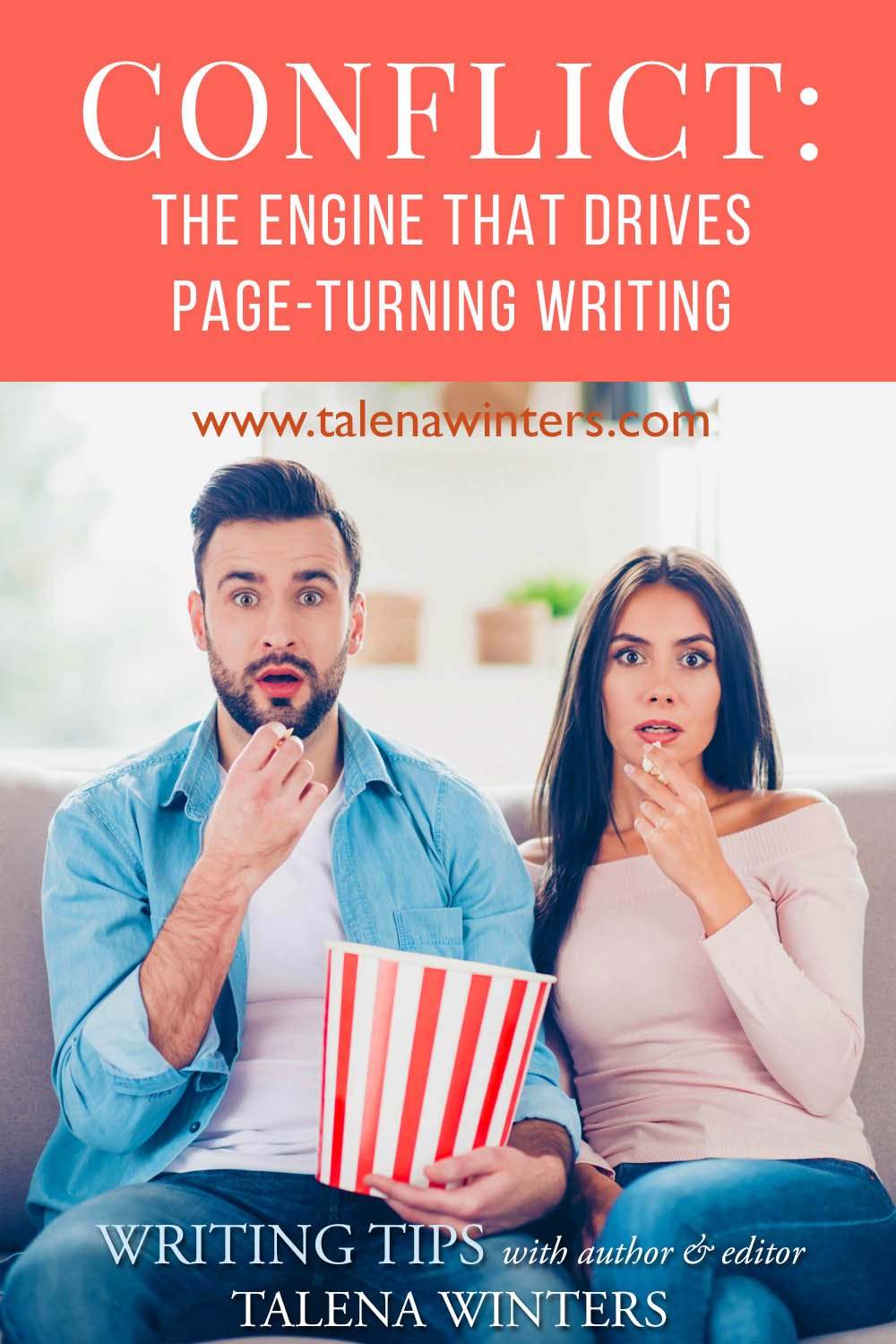

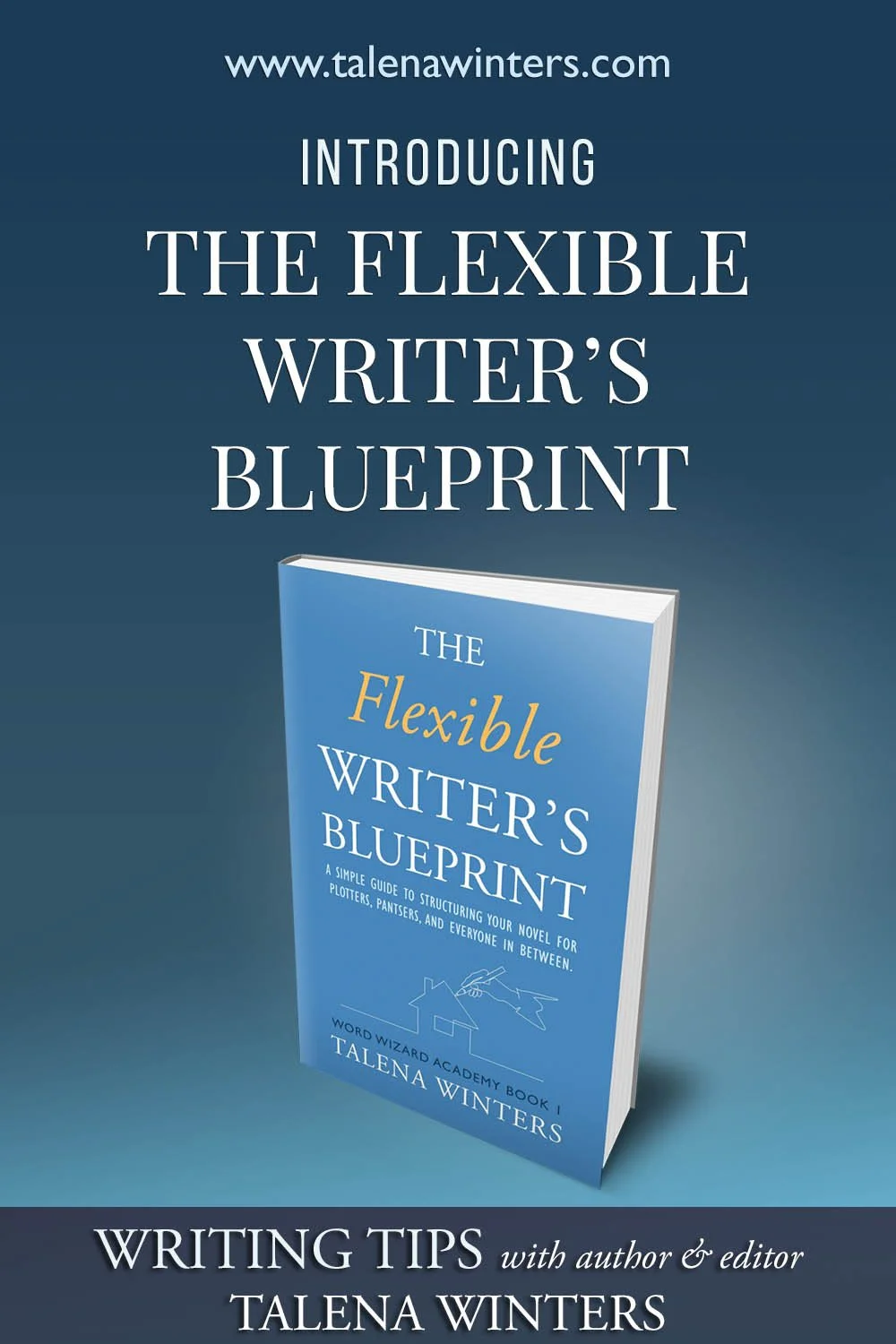




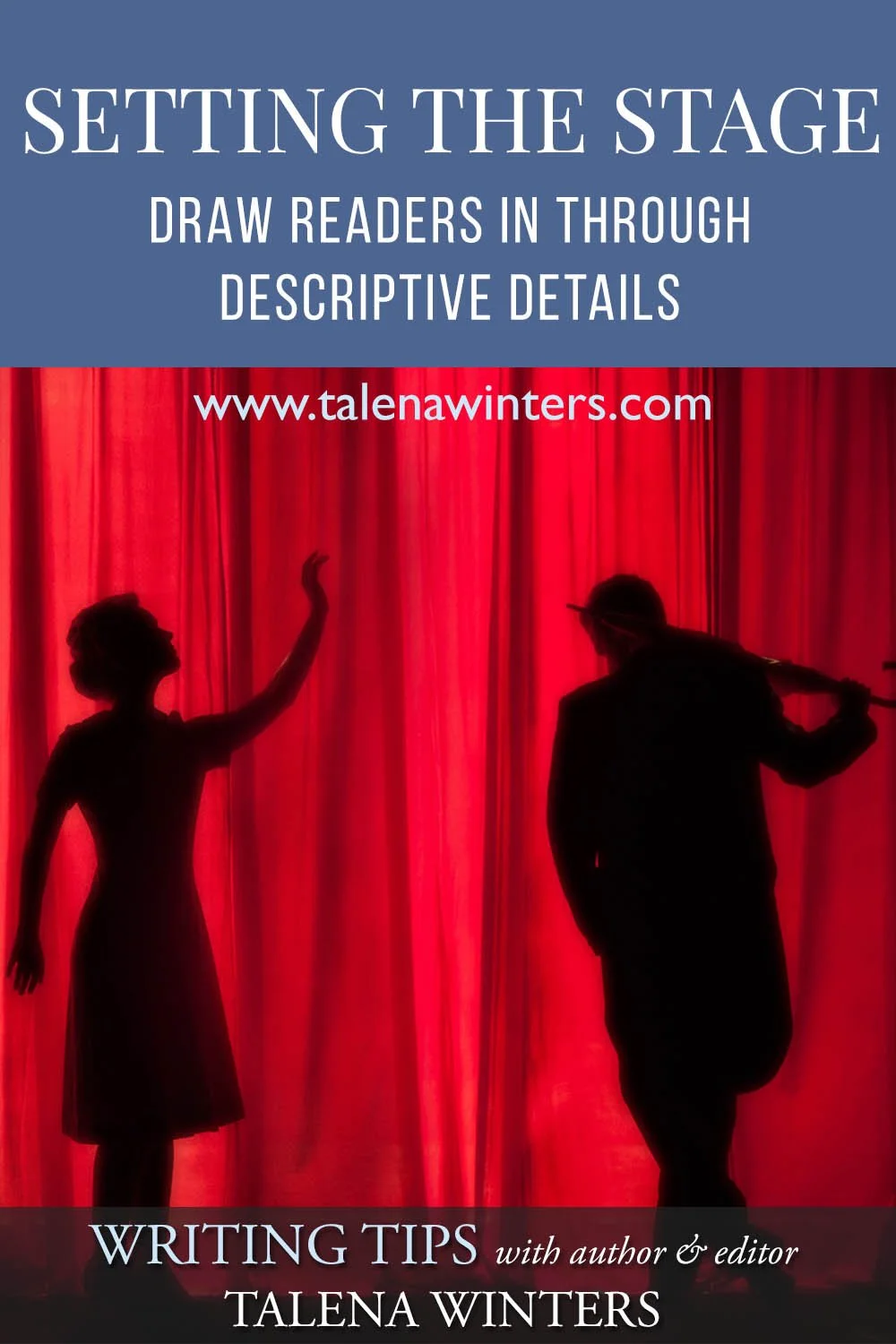
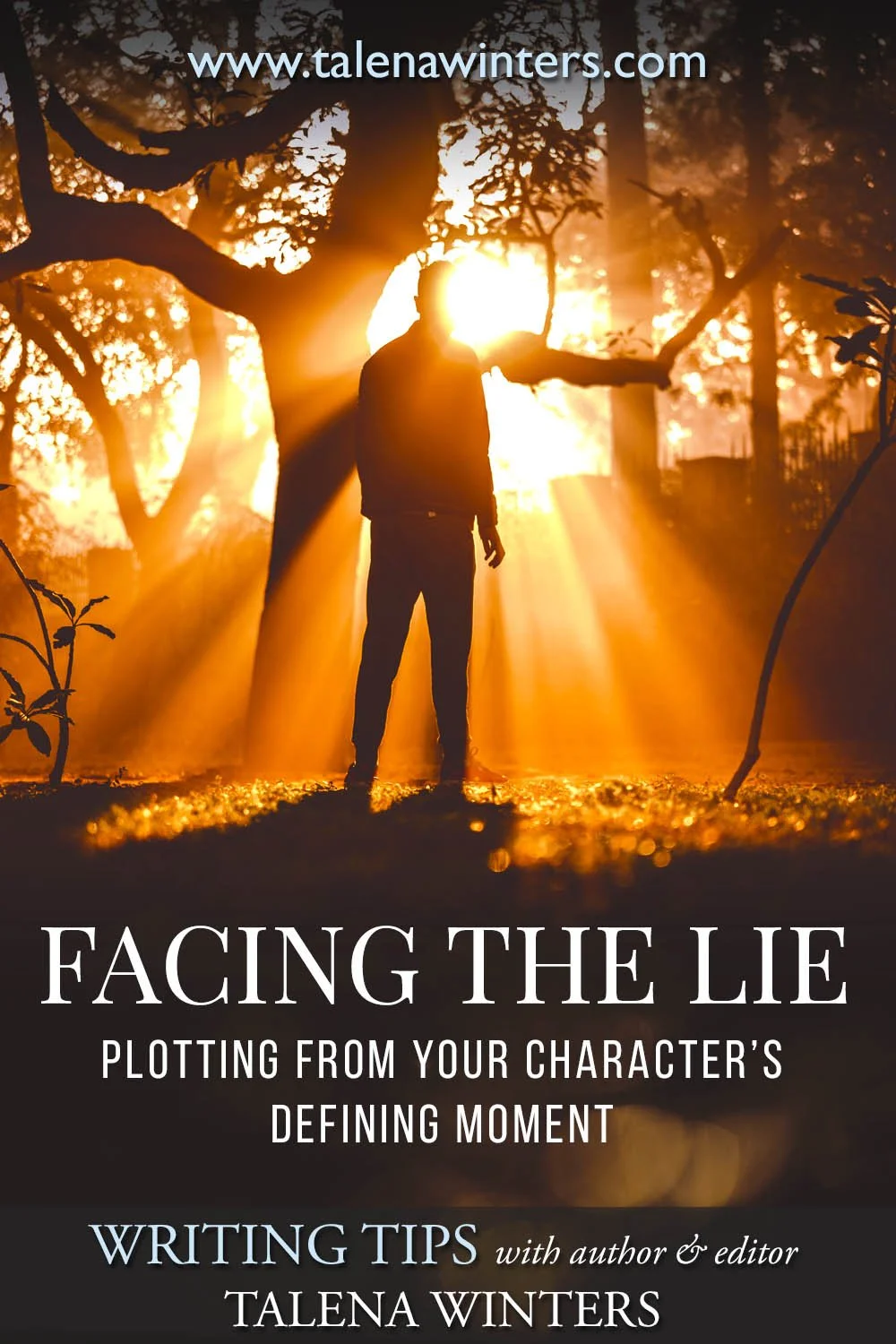
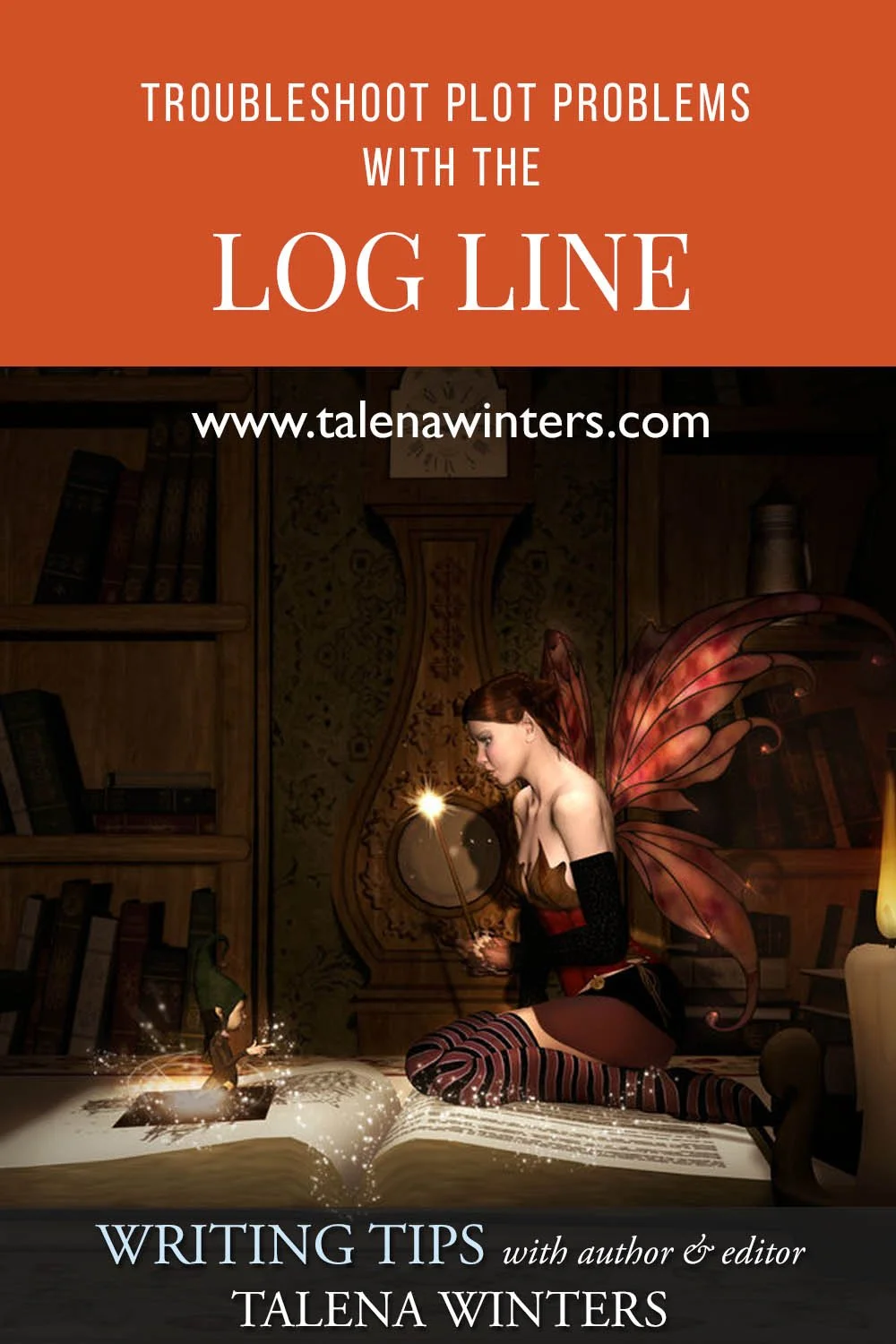

In this first post in the “Strong Beginnings” series, we’ll explore the promises made in a compelling first act that engross your reader so completely they don’t stop reading until they get all the way to the satisfying conclusion of your story.